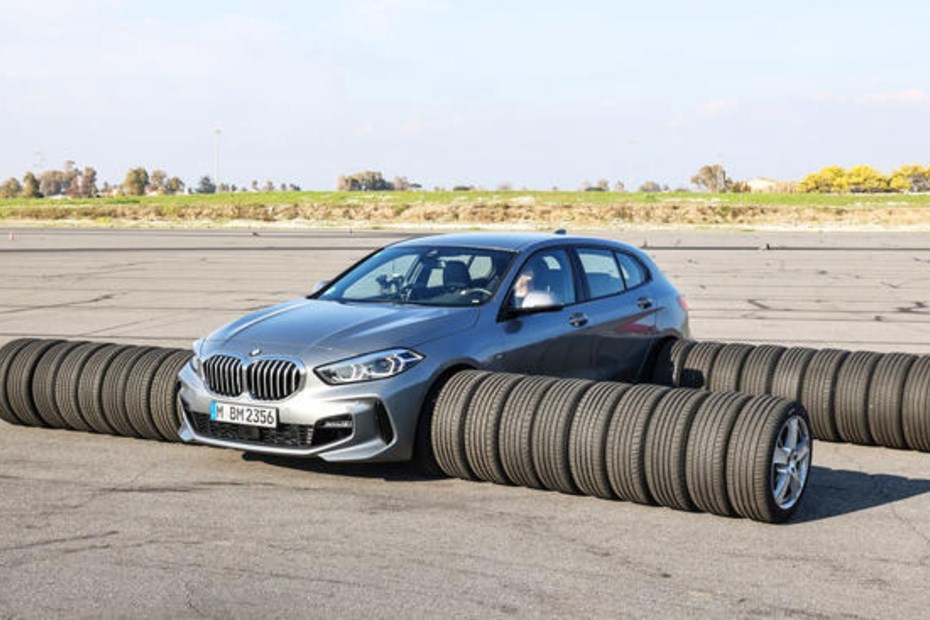When you first read the term, summer tyres, your mind may jump to a set of tyres that are specifically designed to suit warmer, dry road conditions and are predominently useful throughout the summer. However, the term is a little bit deceptive.
In essence, summer tyres are what are considered normal, everyday tyres. Most sets of tyres you see on a car are likely summer tyres. They’re not specialist in any way and are designed to work effectively for most of the year. Where they’ll struggle a little bit is during icy and snowy conditions, whereas a set of all-season or winter tyres will be far grippier for those road surfaces.
You can tell apart summer tyres from all-season and winter tyres from the pattern of the tread. Summer tyres tend to have straighter lines in their main grooves, whereas there’s a bit more curvature in all-season and especially winter tyres. Economically-orientated tyres meanwhile, will be designed in such a way, that they offer as low rolling resistance as possible which reduces energy consumption.
The best summer tyres tested 2025 at a glance:
This inherently provides less grip for summer tyres in slippery conditions, but for most of the year, they are perfectly capable and are the most common types of tyre found on a car. Driving in snow is where you will notice the difference between all-season and winter tyres, but there are only so many days of the year when you’ll benefit from the difference in the UK. Either way, you’ll always need a digital tyre inflator to keep them up to pressure.
How we test
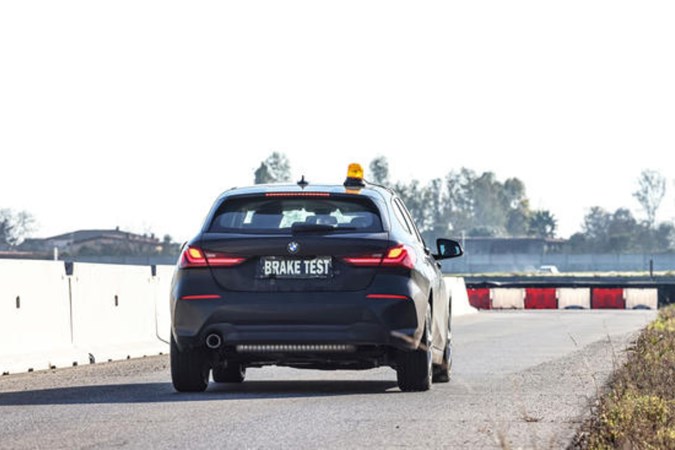
A total of nine new summer tyres were tested by our German colleagues, Auto Zeitung. The location for the group test was near Rome, where a series of tracks where Bridgestone maintain the European Proving Grounds (EUPG). They had access to anything from high-speed ovals, artificial wet roads, and much more.
This proved to be the perfect setting to put the tyres through their paces and analyse a set of fair results. All of the different test points were rigorously analysed, and the drivers were experienced at predicting the reactions of a tyre at its limit.
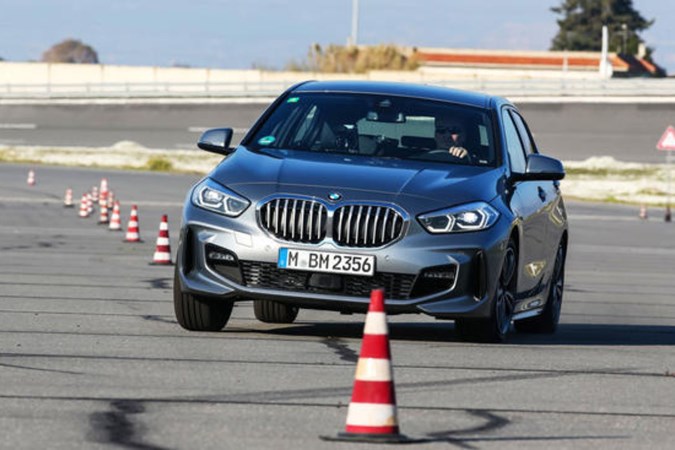
The test vehicle was one that would fit a normally-sized 225/45/R17 tyre, the subject here being a BMW 120i Hatchback. It has a 178hp engine mated to an eight-speed automatic gearbox and develops 280Nm of torque.
Being the current generation, this 1-Seires is front-wheel-drive (FWD), and this makes it reflective of many similar vehicles on the market, past or present. Examples include the Volkswagen Golf, Audi A3, Toyota Corolla or Alfa Romeo Giulietta.
The tyre test results: our verdict
Test winner
The best summer tyres
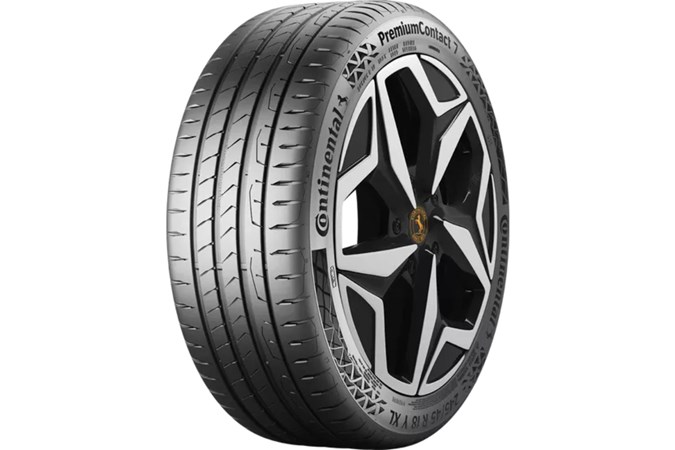

At 72dB recorded in the test, they're only a few decibels from being the quietest set of summer tyres, but the difference isn't likely to be too noticeable for the consumer.
Pros
- Immensely good wet and dry braking
- The best-performing tyre for grip in wet and dry cornering conditions
- Great score in hydroplaning test
Cons
- Rolling resistance is higher than some of the others
Editor's pick
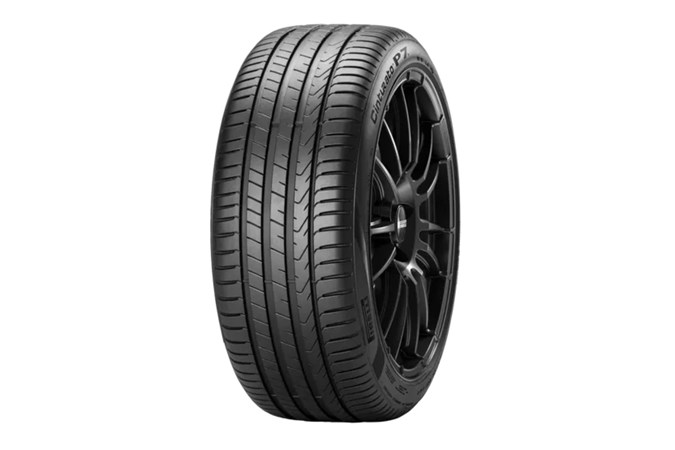

Everywhere else, though, while it fell behind the Continentals, the results were pretty evenly matched. There is a slight delay in wet braking, where the Pirellis even fall behind the Hankook evo3s, but the difference is still very slight, and these Pirellis remain a very capable and great-performing set of rubber.
Pros
- Slightly lower rolling resistance than Continentals
- Equally good scores in dry handling and braking tests as the Continentals
- Quieter tyre at 71dB
Cons
- Not quite as good wet weather performance, but very close to Continentals
The best summer tyres for quietness
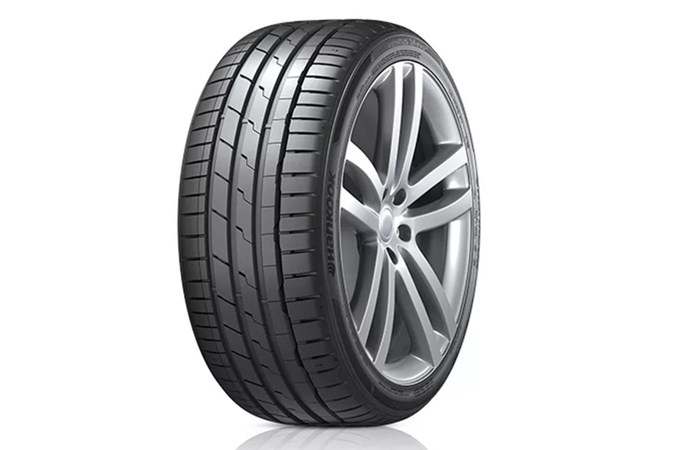

What's more, the Hankooks even lead in the quietness test, topping out at only 70dB, which is a couple of decibels quieter than the top performers. However, in practice, we don't believe the noticeable difference will be that great.
Pros
- Represents better value for money than the top two
- Very competitive in all areas of dry and wet surface testing
- Quietest tyres at a 70dB recorded figure
Cons
- Performance isn't quite top tier, but very close
- Higher rolling resistance than most competitors
The best mid-range summer tyres
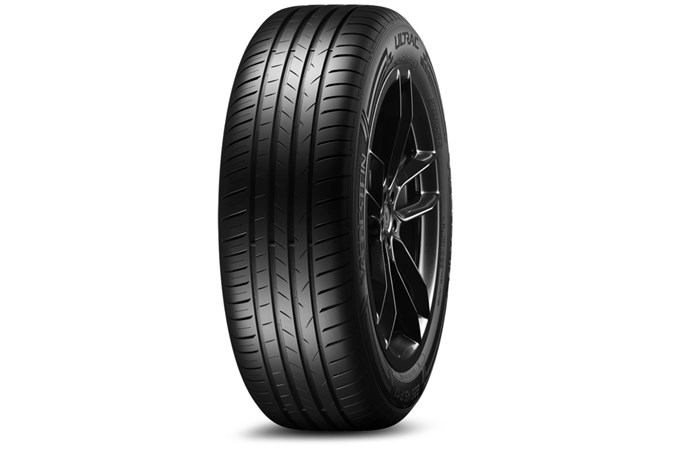

The rolling resistance test didn't fair well for these Vredesteins, and they travelled second from the furthest in the wet braking test, but the dry and wet handling tests proved well for these tyres.
Pros
- Great scores in dry surface tests
- Very good value for money, given the capabilities
- Lower rolling resistance than the top performers
Cons
- Didn't quite do as well in wet surface tests
The best quality tyres for rolling resistance
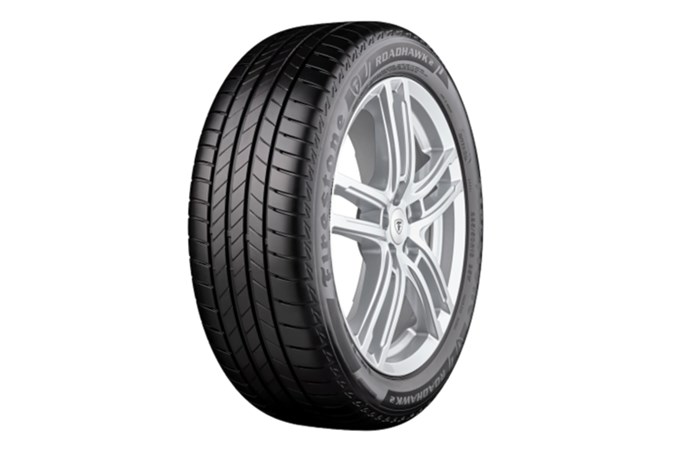

Where it really gains respect though, is in rolling resistance. It managed 7.8kg/t which is the second lowest out of the group. What this means is a bit less energy is consumed by the drag of the tyres, which can help with fuel efficiency.
Pros
- Very competitive results all-round for wet and dry tests
- Good value for money at £100 per corner
- One of the lowest rolling resistance tyres on test
Cons
- Performance isn't quite class leading
The best value mid-range summer tyres
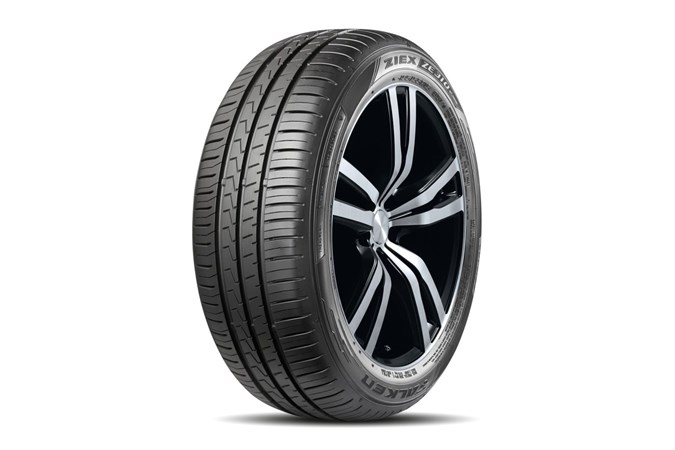

In the wet circles test, it performed about the same as the other competitors, and a similar story can be said for the wet handling test.
Pros
- Performs well enough for wet and dry handling tests
- Isn't too far behind on wet and dry braking tests
- The difference between it and the top performers isn't massive
Cons
- Highest rolling resistance reading
The best summer tyres for efficiency
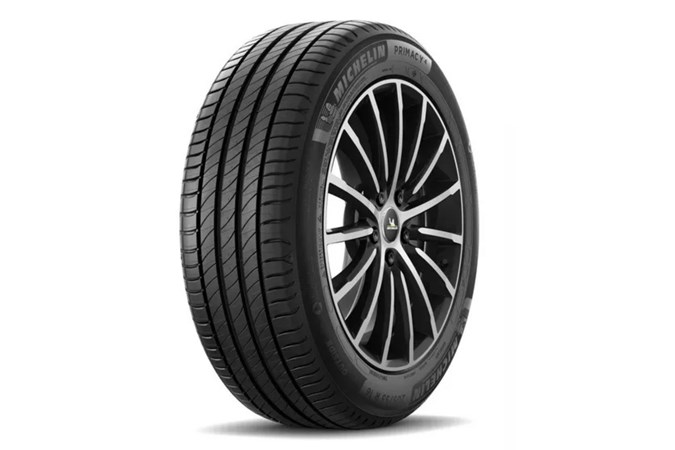

Pros
- Lowest rolling resistance score of 7.6kg/t, making them very efficient
- It's about level with the others on most tests
- Performs well in the dry
Cons
- The performance itself isn't quite top level
The best budget summer tyres
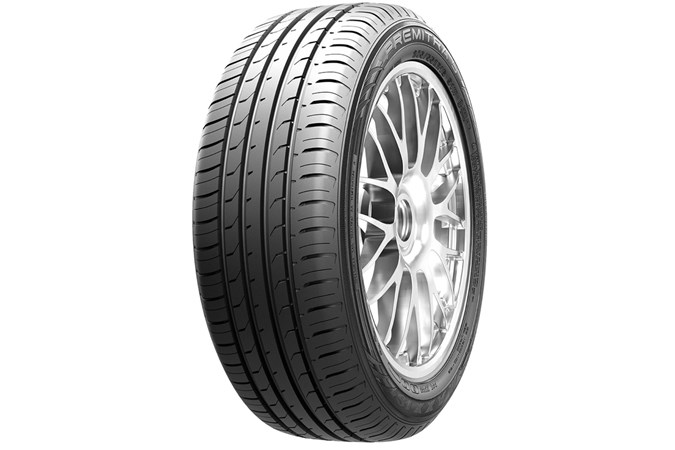

With that said, however, they do cost £70 per corner, so it can be said that these Maxxis tyres do represent great value for money. However, it is evident that due to the overall performance, there is a bit of a compromise as well.
Pros
- Immensely good value for money per corner
- Scores better than the Michelins in wet braking test
- Is at similar level of performance than the others, but at a lower end
Cons
- High rolling resistance of 8.8kg/t
- Slightly noisier at 73dB
The best value summer tyre for efficiency
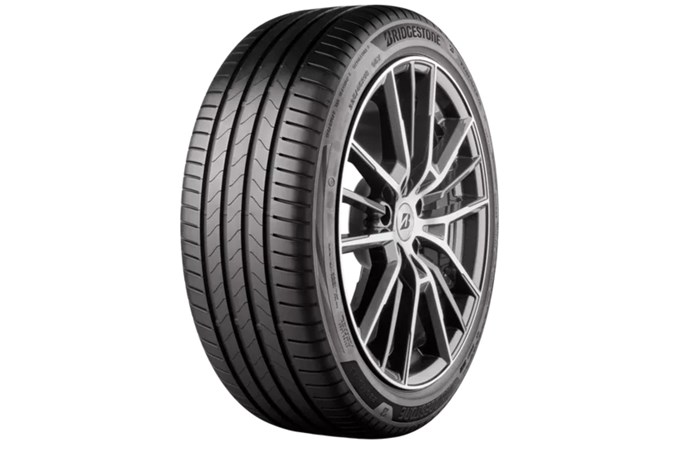

However, it fails to match the other top branded tyres in key areas. We will stress that the scores given are immensely close to each other in most scenarios. However, each score is a bit of an indicator as to how well that tyre will perform in the respective situations, and Auto Zeitung found that some would under-perform lightly compared to others.
Pros
- Lowest rolling resistance rating of the group that matches the Michelins
- Quieter than some others at 71dB
- Pretty okay value for money
Cons
- Performance on wet and dry surfaces isn't as impressive as others
Individual test results
Braking test: wet (62mph)
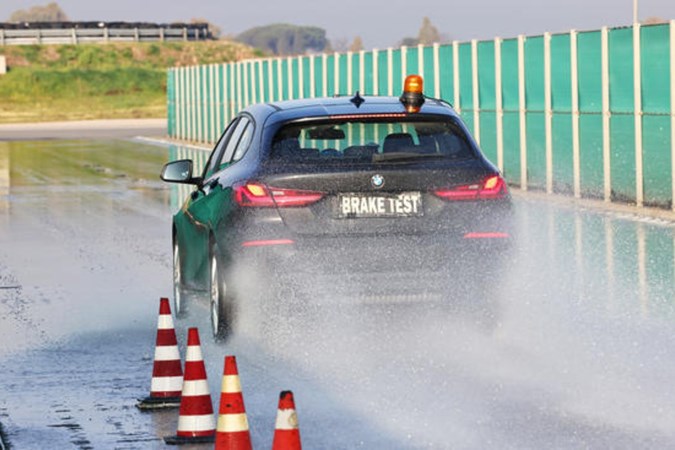
1. Continental: 39.5m
2. Hankook: 40.9m
3. Pirelli: 41.9m
4. Firestone: 43.1m
5. Falken: 43.2m
6. Bridgestone: 43.2m
7. Maxxis: 43.3m
8. Vredestein: 44.1m
9. Michelin: 44.6m
Braking test: dry (62mph)

1. Continental: 32.9m
2. Pirelli: 33m
3. Hankook: 33.3m
4. Michelin: 33.6m
5. Vredestein: 33.7m
6. Firestone: 34.2m
7. Maxxis: 34.2m
8. Falken: 34.3m
9. Bridgestone: 34.8m
2 Goodyear 41.9m
3 Falken 42.8m
4 Michelin 44.8m
5 Pirelli 45.1m
6 Nokian 46.6m
7 Dunlop 48.7m
8 Maxxis 49.7m
9 Nexen 50.1m
10 Hankook 50.6m
Handling course: wet
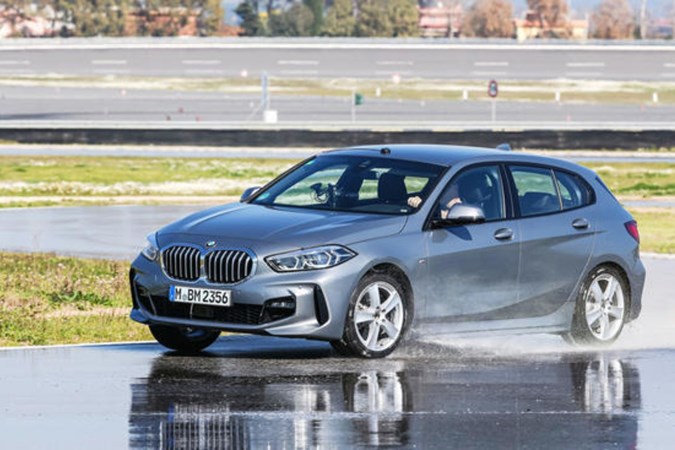
1. Continental: 77.7s
2. Hankook: 78s
3. Pirelli: 78.2s
4. Vredestein: 78.4s
5. Firestone: 78.8s
6. Falken: 79.2s
7. Bridgestone: 80.6s
8. Maxxis: 80.6s
9. Michelin: 80.8s
Handling course: dry
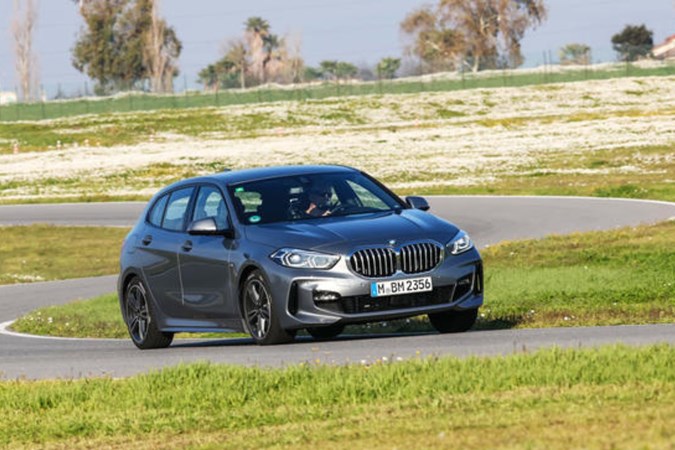
1. Continental: 75.3s
2. Pirelli: 75.6s
3. Vredestein: 75.7s
4. Maxxis: 76s
5. Falken: 76.4s
6. Michelin: 76.4s
7. Hankook: 76.5s
8. Firestone: 76.6s
9. Bridgestone: 76.8s
Wet circle
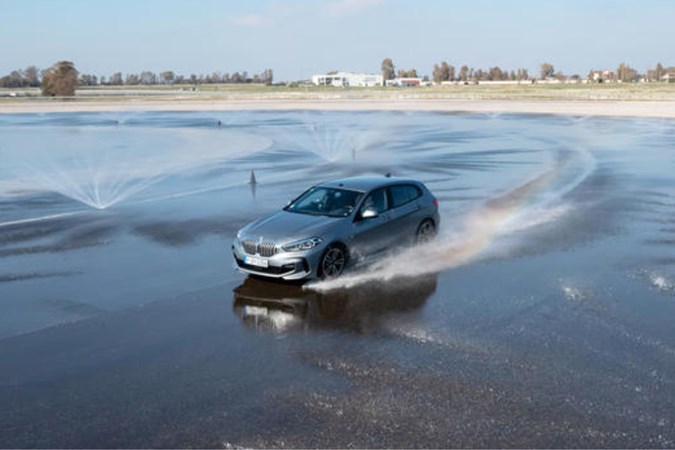
1. Continental: 11.7s
2. Firestone: 11.8s
3. Pirelli: 11.9s
4. Hankook: 11.9s
5. Vredestein: 11.9s
6. Falken: 11.9s
7. Maxxis: 12.1s
8. Bridgestone: 12.2s
9. Michelin: 12.4s
Aquaplaning
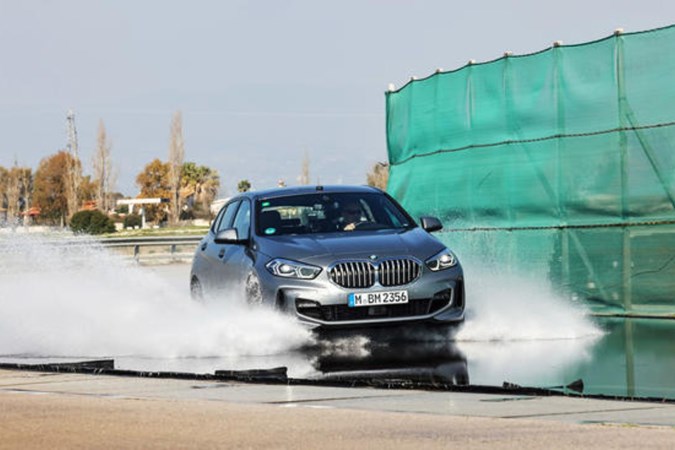
1. Firestone: 84.2km/h (52.3mph)
2. Maxxis: 83.2km/h (51.6mph)
3. Continental: 82.3km/h (51.1mph)
4. Michelin: 81.9km/h (50.8mph)
5. Pirelli: 81.4km/h (50.5mph)
6. Hankook: 79.4km/h (49.3mph)
7. Vredestein: 79.3km/h (49.2mph)
8. Falken: 79.2km/h (49.2mph)
9. Bridgestone: 78.6km/h (48.8mph)
Rolling resistance
1. Bridgestone: 7.6kg/t
2. Michelin: 7.6kg/t
3. Firestone: 7.8kg/t
4. Vredestein: 7.9kg/t
5. Pirelli: 8.2kg/t
6. Continental: 8.6kg/t
7. Hankook: 8.7kg/t
8. Maxxis: 8.8kg/t
9. Falken: 8.9kg/t
Road noise
- Hankook: 70dB
- Michelin: 70dB
- Pirelli: 71dB
- Falken: 71dB
- Bridgestone: 71dB
- Vredestein: 71dB
- Continental: 72dB
- Firestone: 72dB
- Maxxis: 73dB
FAQs
How to find the right tyres for my car
Tyre retailers that sell online, be it Amazon Garage, Halfords, or a tyre specialist, will have a useful tool on its site that allow you to filter the correct tyre size for your car by entering your car registration number or model details. Alternatively, you can find the size of your tyres on the sidewall of your car’s current tyres. In our case with Auto Zeitung, we tested sets of 225/45/R17 size rubber.
For a detailed explanation of tyre sizes, read our guide here.
Summer tyre vs. winter tyre: what is the difference?
The big giveaway is the tread pattern. Summer tyres are generally very straight in terms of groove pattern, providing less drag and a bit more efficiency – especially in dry conditions. Winter tyres visibly look more rugged and have the main grooves going in opposing directions and have a more staggered pattern.
This provides more grip for winter tyres in icy and snowy conditions with the trade-off of them being a bit overkill in dry conditions. However, every type of tyre is likely to get damaged at some point, which is why it’s always a nice idea to keep some tyre sealant or any kind of tyre repair kit in the boot.
What are the best all-season tyres for summer?
Our all-season tyre test reveals that there are a number of contenders which would be useful in the summer as well as winter. The top-rated tyres include the Pirelli Cinturato AllSeason SF2, Goodyear Vector 4Seasons G3, and Michelin CrossClimate 2 sets.
All of these are very suitable for all-round weather conditions as well as purely dry conditions with the added benefit of being able to tackle wet weather and snow as well, should you require them to.
Which tyre is best for hot weather?
For dry roads, our conclusion still points to the Continental PremiumContact7. It’s handling and braking capabilities in Auto Zeitung’s dry road tests prove that it’s the superior tyre for hot weather – even with a bit more rolling resistance than a number of the other competitors.
Can I use all-season tyres in summer?
Yes, all-season tyres are designed to work well in the summer as well as winter. There is always going to be a slight compromise in the sense that a tyre might be more suited to one side more than the other, but generally speaking, all-season tyres do exactly what is said on the tin.
Should I fit summer or all-season tyres?
There’s no right or wrong answer; it entirely depends on your situation, including where you live and where you drive each year. If you live a fairly normal, routine life in motoring, a set of summer tyres will be perfectly fine – just as long as you maintain them with a good tyre pump.
However, all-season tyres offer more grip for when conditions become tricky. The difference in grip and road holding with a set of all-season tyres is noticeable from summer tyres in snowy road surfaces. So, if you do want more grip and drive around a lot in the snow, all-season tyres are ideal for you.
If you’ve read through this and begun wondering about run-flat tyres, we’ve made a guide here about them.
Sign up to the Parkers Newsletter to keep up to date with more of the latest reviews, news, and recommendations from the Parkers team.
Just so you know, we may receive a commission or other compensation from the links on this website - read why you should trust us.


